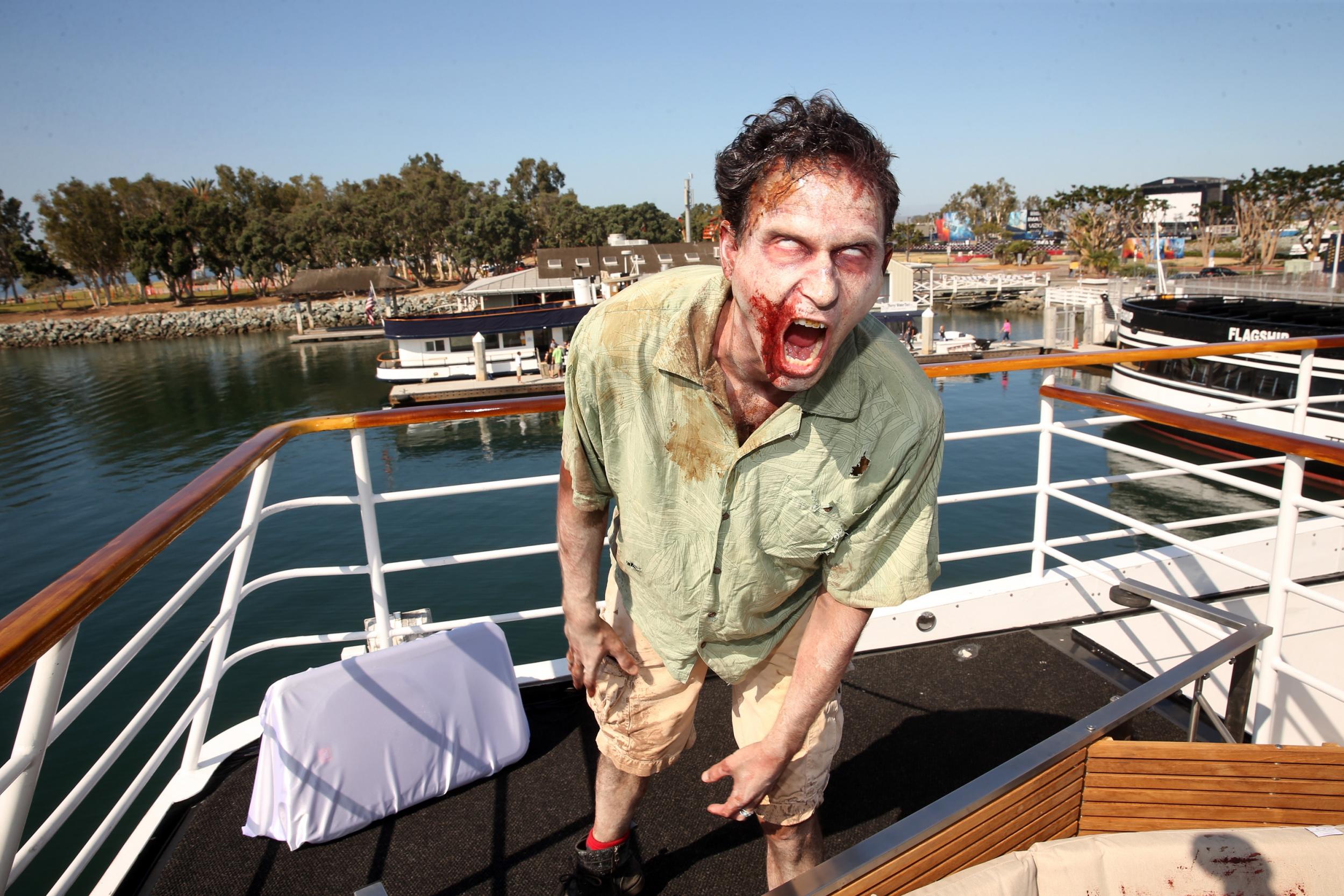Scientists have worked out how long humans would survive in a zombie apocalypse
Our chances of lasting a year are not great, although humans could fight back if they manage to develop effective survival skills

Your support helps us to tell the story
From reproductive rights to climate change to Big Tech, The Independent is on the ground when the story is developing. Whether it's investigating the financials of Elon Musk's pro-Trump PAC or producing our latest documentary, 'The A Word', which shines a light on the American women fighting for reproductive rights, we know how important it is to parse out the facts from the messaging.
At such a critical moment in US history, we need reporters on the ground. Your donation allows us to keep sending journalists to speak to both sides of the story.
The Independent is trusted by Americans across the entire political spectrum. And unlike many other quality news outlets, we choose not to lock Americans out of our reporting and analysis with paywalls. We believe quality journalism should be available to everyone, paid for by those who can afford it.
Your support makes all the difference.Ever wondered how long you would survive in a zombie apocalypse?
Well, don't flatter yourself. According to one new estimate, everyone would be dead in less than a year.
Physics students at Leicester University calculated that in as little as 100 days, humans would be outnumbered a million-to-one if an infectious "zombie virus" were to strike.
After just three months, things would be looking pretty dire for humanity, with only 300 of us left alive. Even if the last people on Earth were to somehow hold out for another nine months, it is unlikely that they would be able to repopulate the planet without being infected or eaten first.
Given the grim prognosis, it may come as a relief to learn that the research was conducted as part of an annual exercise testing students' ability to apply scientific models to hypothetical scenarios. So, the researchers are not really expecting the world as we know it to end.
Course tutor Mervyn Roy, from the university's physics and astronomy department, said he thought the topic might inspire students to engage in the complex physics required to make predictions.
“Every year we ask students to write short papers for the Journal of Physics Special Topics,” he said.
“It lets the students show off their creative side and apply some of physics they know to the weird, the wonderful, or the everyday.”
The team's research paper was published in the peer-reviewed journal, which is run by students to give them experience of publishing, editing and reviewing papers.
Thankfully, their research did not stop at our extinction, either.
After the study had been completed, some students flagged up that, actually, humans are really good at adapting and overcoming adversity, but this was not taken into account in the original study.
In response, the team reworked their calculations and published an additional report, which considered that people probably would get better at escaping and killing zombies, and could quickly have a lot of babies.
They might learn, for instance, that the best place to hide is in the mountains, not in shopping centres.
Given humanity's new-found survival skills, the team re-estimated that it would take about 1,000 days, or 2.7 years, for humans to wipe out all the zombies.
In another 25 years, the human population should start to recover from the attack.
In both studies, the students had to decide on a number of variables, such as the parameters of the infection. They assumed that a zombie could find one person each day, and would have a 90 per cent chance of infecting them with the zombie virus.
They then used an epidemiological technique called an SIR model to map how the disease would spread. Using the model, they split the human population up into three categories: the susceptible population (S), zombie (Z), and dead (D).
The lifespan of a zombie goes from S to Z to D. The team did not factor in natural birth and death rates in the initial study, because they focused on just 100 days — natural births and deaths over that time would be pretty insignificant compared to the destruction wrought by the zombie virus.
The model then analysed how often infected humans (zombies) would come into contact with non-infected humans, and how likely they were to pass on the disease, in order to see how many humans could survive.
Join our commenting forum
Join thought-provoking conversations, follow other Independent readers and see their replies
Comments